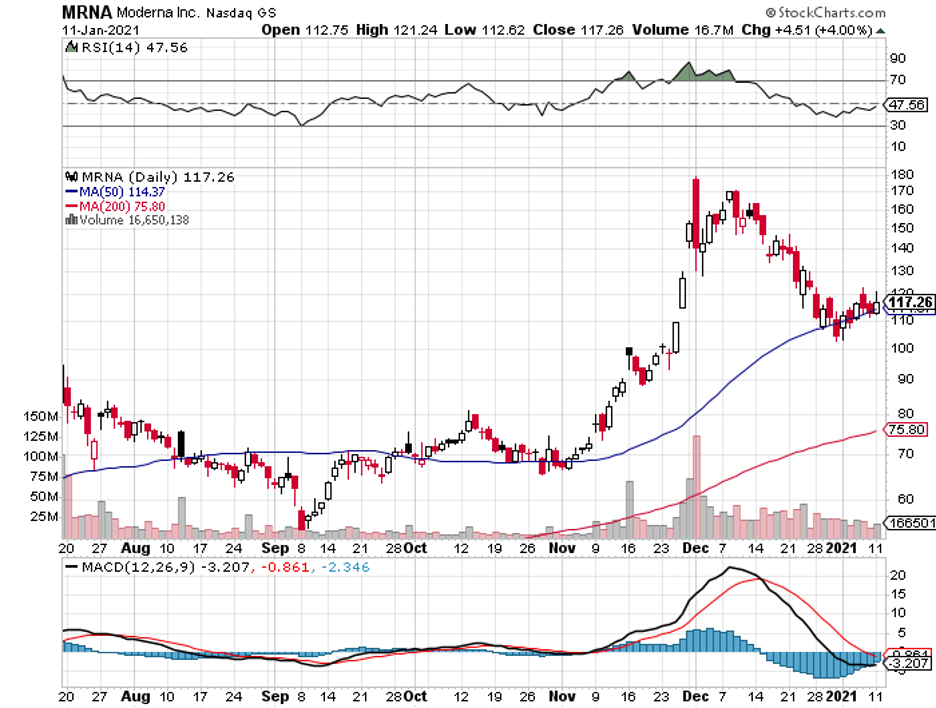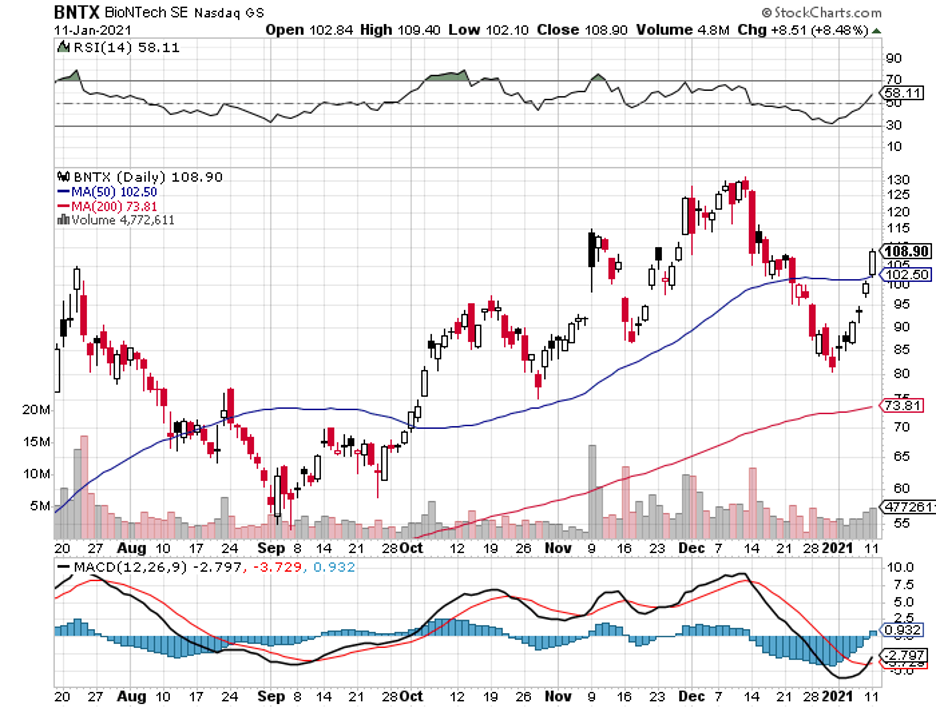Defeating Grimmer Reapers
They say there’s always a light at the end of the tunnel, but what a very long tunnel we’re in right now.
More contagious strains of the SARS-CoV-2 have been discovered in the UK and South Africa, with these new variants threatening to make the situation worse before we even get the chance to try to make things better.
However, there’s still hope.
Just take another look at the leading vaccines developed in response to the COVID-19 pandemic and you’ll realize that we could be nearing the light at the end of this dark road.
In fact, the innovative solutions that emerged in 2020 could serve as beacons of light to illuminate the darker paths that the biotechnology and healthcare sector has been struggling with for decades.
The more we study the effects of the new vaccines, the more it becomes plausible that they could not only be used as weapons to fight off the 2020’s ultimate grim reaper, COVID-19, but also annihilate grimmer reapers like cancer.
Among the vaccine developers that launched their COVID-19 program, the technology used by Moderna (MRNA), Pfizer (PFE) – BioNTech (BNTX), and CureVac NV (CVAC) proved to be the most groundbreaking.
All these utilized the nucleic acids, more commonly known as RNA or mRNA, to create their COVID-19 vaccines.
Traditional vaccines are typically injected into the body to trigger an immune response, which would, later on, be useful in fighting off the live pathogen. The problem with this is that it requires so much time and exposes the vaccines to contamination.
In comparison, mRNA vaccines do not suffer from these setbacks. Basically, these vaccines instruct the body to replicate parts of the virus.
In the case of SARS-CoV-2, the mRNA vaccines tell our bodies to replicate the proteins wrapped around the virus. This way, the body gets to practice on the replicated proteins and prepare for the day when the actual virus shows up in the system.
By familiarizing the body with the genetic makeup of the deadly virus, the mRNA vaccines help us perfect the immune response for when the real thing attacks us—and therein lies the much bigger promise of this technology.
mRNA has the capacity to instruct our cells to create whatever protein necessary, which means it can be applied to fight off other diseases apart from COVID-19.
Researchers since the 1970s have been attempting to shed light on this technique but failed to get traction.
Due to the urgency caused by the pandemic, companies like BioNTech and Moderna have been given practically carte blanche of the funds to finally develop the mRNA vaccines and show the world not only how potent it could be but how quickly we can have it ready compared to more traditional processes.
Now, the technology is gaining more attention because it could finally be the cure to a myriad of diseases including cancer.
These days, we treat malignant tumors by zapping them with radiation or via chemicals. These methods tend to damage lots of surrounding tissues in the process.
Moderna and BioNTech have come up with a better idea.
Instead of blindly zapping in one general direction, they believe that each should be treated as a genetically unique tumor. Therefore, it would be more effective and less damaging to the patients if their immune systems are accurately programmed to attack specific enemies.
This is where mRNA comes in.
Once the antigen is identified, the scientists can determine its unique makeup or fingerprint.
Then, they can reverse engineer its entire cellular instructions to be able to come up with the blueprint that can help them develop an accurate plan on how to target the culprit.
Similar to how Moderna and BioNTech’s COVID-19 vaccines work, the body will then be conditioned to do the rest.
What’s more exciting is that these plans are no longer just ideas.
Both Moderna and BioNTech have been filling their pipelines with drug trials for cancer treatments of the skin, lung, breast, pancreas, prostate, and brain. They’ve been working on mRNA-based vaccines for a wide range of diseases as well including Zika, rabies, and even influenza.
The success of Moderna and BioNTech’s COVID-19 programs accomplished more than just giving the companies a marketable product. It turbo-charged decades-long processes.
Remember, it only took 11 months since the discovery of the SARS-CoV-2 virus for the UK and US regulators to declare that the mRNA vaccine for COVID-19 is not only safely tolerated by people but also effective.
Prior to this, no vaccine had been developed in less than four years. The approval period takes even longer.
That is, COVID-19 inadvertently led to the grand debut and definitive proof of concept of this much-awaited technology.
If you missed out on Moderna or BioNTech’s rally in 2020, buying on the dip is definitely a smart move now.



